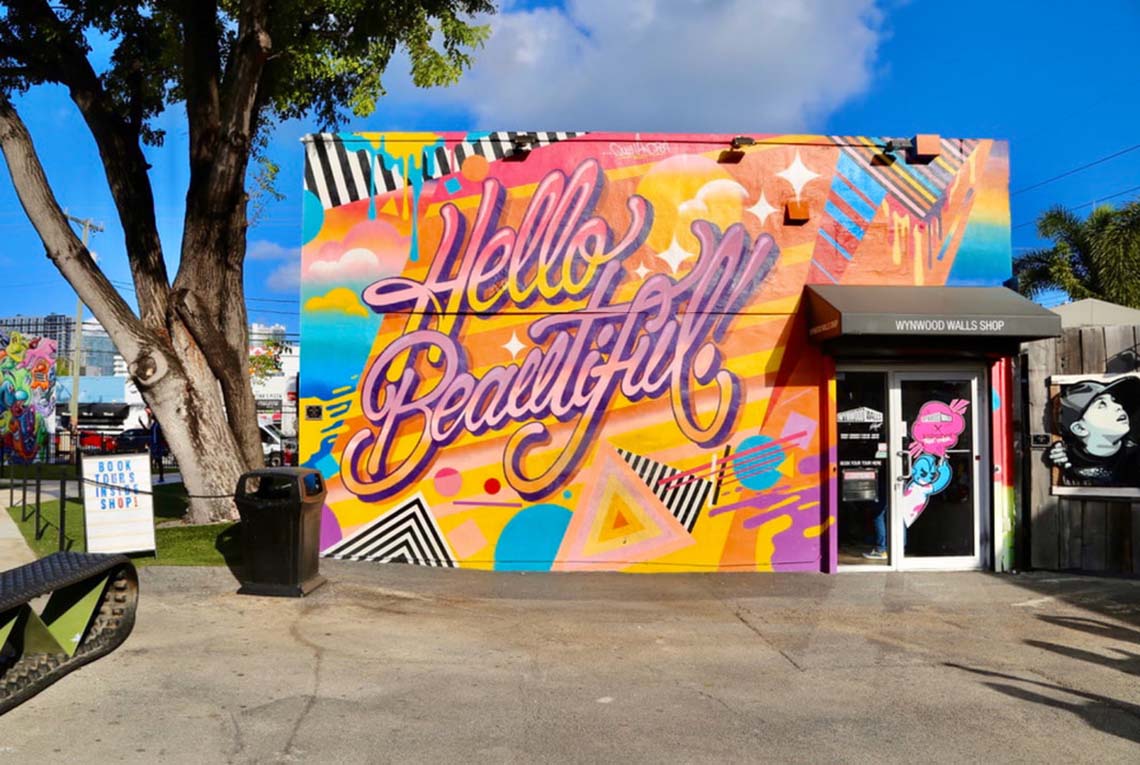In the midst of my Norwich adventure, a city adorned with historical charm and cultural treasures, I chanced upon a hidden gem that added a unique layer to my journey—the John Jarrold Printing Museum.This museum proved to be a captivating dive into the world of printing, offering a firsthand encounter with its historical artifacts and meticulous craftsmanship.
Discovering the Legacy of Printing:
Nestled in the heart of Norwich, the John Jarrold Printing Museum stands as a living testament to the city’s rich printing legacy. Approaching its unassuming facade, little did I anticipate the wealth of history and artistry waiting to unfold within its walls.
Stepping through the entrance, I found myself transported to a bygone era. The air was redolent with the comforting scent of ink and paper, and the hum of vintage printing presses added a rhythmic soundtrack to the museum’s ambiance. The dim lighting and the subtle creaking of wooden floors contributed to the feeling of stepping into a time capsule dedicated to the craft of printing.
The museum showcased an impressive collection of printing artifacts, from historic printing presses to typesetting machines that echoed the meticulous craftsmanship of a bygone era. Each piece seemed to whisper tales of the countless newspapers, books, and pamphlets that had been brought to life through these very machines.
Enthusiastic volunteers and knowledgeable guides brought the exhibits to life, sharing stories of the printing industry’s evolution and its deep roots in Norwich. They demonstrated the intricate process of typesetting, allowing visitors to appreciate the manual precision required to arrange individual metal typefaces into lines and pages—a far cry from the digital era’s sleek efficiency.
The highlight of the museum was the operational printing presses. As I observed the rhythmic dance of the machinery and heard the satisfying thud of ink meeting paper, I gained a newfound appreciation for the craftsmanship involved in traditional printing. The tactile nature of the process, from the clinking of metal type to the smooth pull of the printing lever, offered a sensory experience that contrasted with today’s digital immediacy.
The walls of the museum were adorned with vintage posters, showcasing the diverse range of products that once rolled off the presses—vivid advertisements, ornate book covers, and meticulously designed packaging. These relics provided a glimpse into the aesthetic sensibilities of different eras, reflecting the artistry embedded in the printing industry.
Leaving the John Jarrold Printing Museum, I marveled at the symbiosis of history, art, and technology that permeated its halls. It served as a tribute to the skilled artisans and innovators who shaped Norwich’s printing legacy, leaving an indelible mark on the city’s cultural and industrial heritage. The unexpected journey through the museum’s tactile past added a layer of depth to my exploration of Norwich, revealing yet another facet of the city’s rich tapestry.

A Chronological Journey Through Printing’s Evolution:
Stepping into the museum felt like entering a time portal dedicated to the printing industry. The thoughtfully curated exhibits guided me through the chronological evolution of printing technology, from the humble origins of letterpress to the cutting-edge innovations that have revolutionized the dissemination of information.
Honoring John Jarrold’s Contributions:
The museum pays homage to John Jarrold, a luminary in Norwich’s printing history. Through engaging narratives and meticulously preserved artifacts, I gained insights into Jarrold’s pivotal contributions to the industry and his role in establishing a printing empire that has left an enduring mark on the city.
The exhibits chronicled John Jarrold’s journey, from his humble beginnings to becoming a key figure in Norwich’s printing landscape. Vintage photographs showcased the evolution of his printing facilities, illustrating the progression from manual typesetting to more advanced printing technologies under his leadership.
One of the museum’s highlights was a display dedicated to the various publications that bore the imprint of Jarrold & Sons, the printing company founded by John Jarrold. Books, newspapers, and periodicals from different eras provided a tangible timeline of the company’s diverse output. The meticulous attention to detail in the printing and design of these publications reflected Jarrold’s commitment to quality and innovation.
The museum didn’t merely showcase the technical aspects of printing but also delved into the cultural impact of Jarrold’s endeavors. Original printing plates, posters, and promotional materials offered glimpses into the advertising strategies employed by the company over the years. These artifacts not only spoke to the evolution of printing techniques but also mirrored the changing aesthetics and societal values of their respective eras.
Interactive exhibits allowed visitors to engage with the printing process, experiencing firsthand the challenges and intricacies faced by printers in the past. From setting individual metal typefaces to operating vintage printing presses, these hands-on activities provided a tactile understanding of the craftsmanship that defined Jarrold’s legacy.
The museum’s storytelling extended beyond the technical aspects, delving into John Jarrold’s impact on the local community. His involvement in philanthropy, support for education, and commitment to social causes were highlighted, painting a more holistic picture of the man behind the printing empire. This multidimensional narrative underscored the role of Jarrold not only as an industry leader but also as a community builder.
As I left the museum, I carried with me a deeper appreciation for John Jarrold’s imprint on Norwich. The museum had not only preserved the artifacts of a bygone era but had also woven a compelling narrative that celebrated the convergence of entrepreneurship, innovation, and community engagement. The legacy of John Jarrold, as showcased in the museum, added a significant layer to Norwich’s historical tapestry, and I felt privileged to have glimpsed into the life of a visionary who shaped the city’s printing heritage.
Immersive Hands-On Experiences:
What truly distinguished the John Jarrold Printing Museum was its commitment to hands-on experiences. Visitors are encouraged to immerse themselves in the tactile artistry of traditional letterpress printing, evoking a sense of connection with an era where every printed word was a laborious creation.
Vintage Machinery and Artifacts Showcase:
The museum’s collection of vintage printing machinery and artifacts is a captivating display of the technological strides that transformed the industry. From intricately designed metal typefaces to colossal cast-iron presses, each exhibit illuminated the craftsmanship and innovation that fueled the printing renaissance.

Among the notable artifacts were the metal typefaces, each a tiny work of art meticulously crafted to reproduce letters, numbers, and symbols. As I examined the intricacies of these miniature sculptures, I marveled at the precision required to arrange them manually for typesetting. The evolution of typefaces over time, from classical to more modern styles, revealed not just the technical advancements but also the shifting aesthetic preferences in printing.
The centerpiece of the exhibit was the imposing cast-iron presses that stood as behemoths of bygone technology. Their massive gears and levers, once powered by human strength, spoke to the industrial revolution that propelled the printing industry forward. These machines, now silent and preserved behind glass, were the workhorses that brought newspapers, books, and advertisements to life.
Accompanying the presses were displays of printing plates, showcasing the meticulous engraving and etching techniques used to create images and illustrations for publications. The transition from manual engraving to more automated methods reflected the ongoing quest for efficiency and mass production in the printing world.
One particularly intriguing exhibit focused on the development of printing inks. Vintage ink tins and containers, with their vivid labels and faded branding, told the story of the quest for vibrant, durable inks that could withstand the test of time. The evolution of ink technology, from traditional oil-based inks to more modern formulations, highlighted the symbiotic relationship between technological innovation and the quality of printed materials.
Throughout the museum, interactive displays allowed visitors to experience the tactile nature of printing. I engaged with demonstrations of typesetting, marveling at the intricate process of composing individual letters into lines and pages. The rhythmic clinks and clatters of vintage printing presses, even in a simulated setting, provided a sensory journey into the heyday of manual printing.
The museum’s collection served as a time capsule, preserving not only the artifacts themselves but also the spirit of an era defined by ingenuity and craftsmanship. It was a testament to the technological and artistic strides that transformed the printing industry, turning it into a cornerstone of communication and knowledge dissemination. As I exited the museum, the whirring sounds of historical printing machinery echoing in my memory, I carried with me a profound appreciation for the profound impact these machines had on shaping the printed word and, by extension, our shared human history.
Meeting Skilled Printers:
A highlight of my visit was the opportunity to engage with skilled printers who generously shared their expertise and passion for the craft. Through anecdotes and live demonstrations, these artisans brought the historical machinery to life, fostering a deeper appreciation for the precision required in the world of traditional printing.
Preserving Norwich’s Cultural Heritage:
Beyond the machinery and artifacts, the John Jarrold Printing Museum plays a vital role in safeguarding Norwich’s cultural heritage. Its dedication to education and outreach ensures that future generations can grasp the significance of printing in shaping communication and preserving knowledge.
My expedition through the John Jarrold Printing Museum was a captivating odyssey into the artistry and history of printing. From the rhythmic clatter of historic presses to the intimate narratives embedded in each artifact, the museum breathed life into the legacy of John Jarrold and Norwich’s printing pioneers. For those intrigued by the printed word and eager to connect with the roots of communication, this concealed treasure in Norwich stands as a must-explore, promising an immersive experience that bridges the gap between the past and present.



